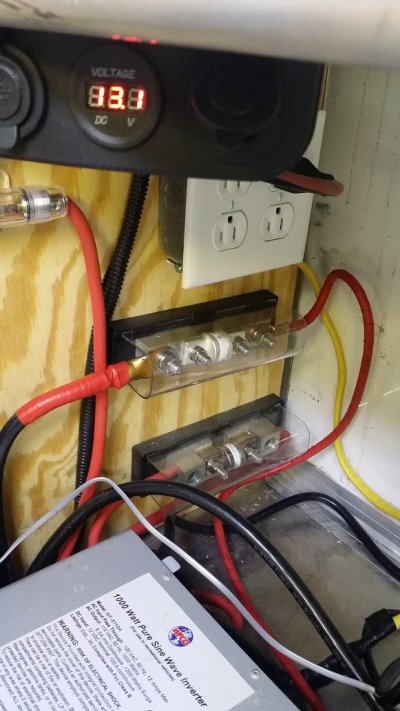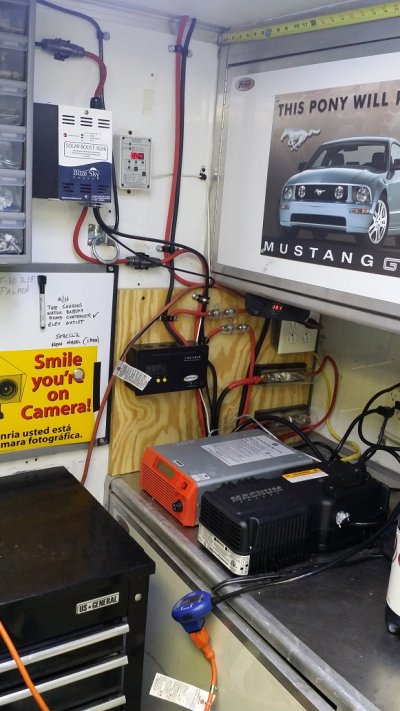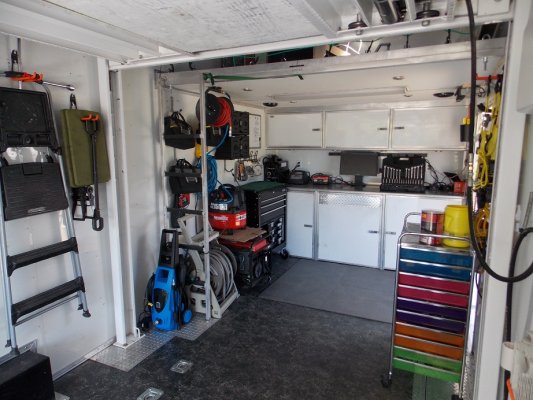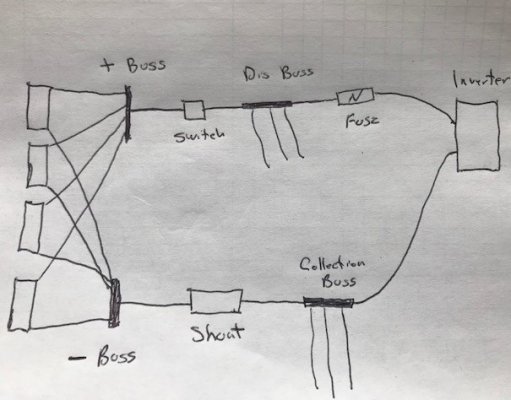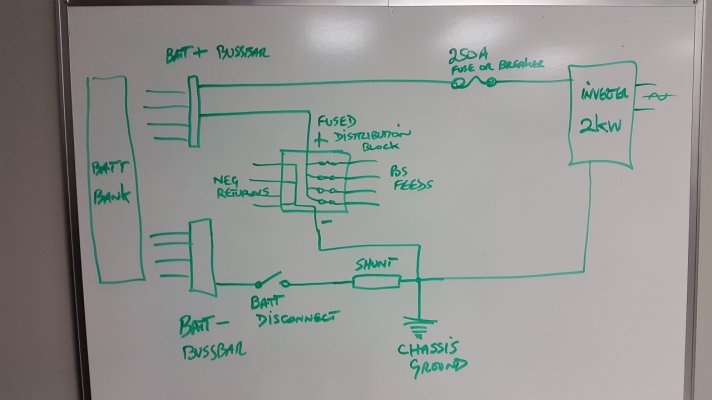At best you are only going to have #10 gauge wire from your alternator to your trailer and maybe not even #10 wire in the trailer, so you are not going to get much current down that small wire and whatever current you do get is going to have pretty good voltage loss along the way.
Take a look at this voltage loss calculator:
http://nooutage.com/vdrop.htm
From the calculator, if your trailer battery is 20' from the alternator and you only run 10amps down the #10 wire you will have a voltage loss of about 0.5V. So if your alternator is putting out 14.0V you will only see 13.5V at the battery. If you manage to get 20amps down the wire you have a loss of about 1V so the battery will only be seeing 13.0V. That is not enough to charge the battery.
If the wire run is longer or the amps are greater, you will see even less voltage at the battery.

